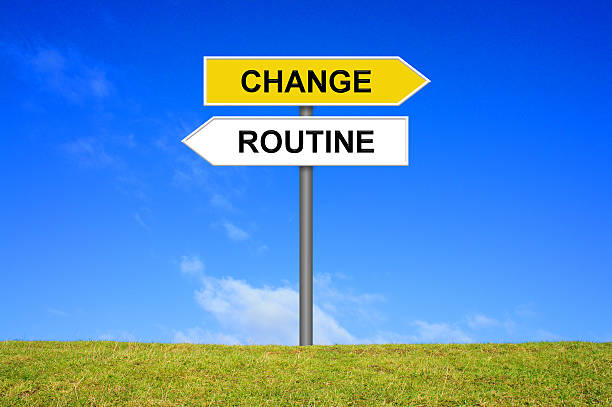It is not yet inevitable that air show attendance will be falling off a demographic cliff in the next ten to fifteen years. But make no mistake: the cliff is there, it’s not moving, and our industry continues to approach it at a slow, but deliberate rate of speed. We still have time to change direction or apply the brakes, but – if nothing changes – we will experience catastrophic attendance problems just as surely as Susan Sarandon and Geena Davis drove their 1966 Ford Thunderbird off that cliff in the final scene of the 1991 film Thelma & Louise.
The demographic challenge facing the air show community is similar to those facing many other spectator events. The Baby Boom generation is aging. The Generation X (born mid-1960s to early 1980s) and Millennial (born early-1980s to mid-1990s) generations are not attracted to and are not participating in spectator events in the same ways as their Baby Boomer counterparts. As a result, many events are seeing both an increase in the average age of adult spectators and – in most cases – a slow, steady decrease in the overall numbers of spectators.
As one representative example: approximately 35,000 race fans attended the Brickyard 400 NASCAR race at the Indianapolis Speedway last July. Five years earlier, the attendance was nearly 150,000. Today, the average age of NASCAR fans is 58. The International Speedway Corp., owners of several NASCAR tracks around the country, has reported a 49% decrease in race attendance since the sport’s peak attendance ten years ago. Another large racetrack company, Speedway Motorsports, has reported a decrease of 46% in ticket revenue during the same period.
Faced with many of the same challenges and worried that younger generations may simply stop attending games, Major League Baseball is considering a number of changes that would have been considered blasphemous just a few years ago, including widening the strike zone, limiting coach’s visits to the pitching mound, and making other adjustments to make games move faster.
Results of our biennial air show spectator survey make it clear that the air show business is experiencing some of the same demographic dynamics. Even as our audience base becomes more affluent, more educated and more racially diverse, it is growing older. The number of spectators who self-identify as being 60 years of age or older has increased 11.8% per year for the last two decades. At most air shows in the United States, there are now twice as many people who qualify as senior citizens as there were 20 years ago. During the same period of time, the percentage of adults between the ages of 26 and 45 attending air shows has decreased by more than 36%. And that trend of a higher percentage of older adults and a smaller percentage of younger adults is almost certainly being fueled by a decrease in overall attendance.
But that doesn’t have to be the end of the story if we take steps now to address the challenge. Young adults of the Millennial generation should be the natural sweet spot for air show attendance. Exciting, inexpensive, family-oriented, outdoor entertainment is attractive to families with young children…precisely those who have become a smaller percentage of our air show audiences during the last two decades.
Why? Hard to say definitively, but circumstantial evidence suggests that – as an industry – we have become complacent in the product we offer to the public and the marketing tools we use to invite them to our events. Our air shows are organized by Baby Boomers to feature Baby Boomer pilots and marketed to appeal to other Baby Boomers. And the Baby Boomers have obliged us by attending in large numbers. But the men and women of the Generation X and Millennial generations expect something different than Baby Boomers. And the events that are having the most success in navigating these turbulent demographic waters are those that recognize this new reality.
In February, the New York Times reported on a program currently being conducted by the Opera-National de Paris to attract younger audience members. Through a combination of discounted ticket offers and small changes to the product itself, the Paris Opera has managed to reduce the average age of its ticket buyers to 46. By comparison, the Berlin Opera has an average age of 54, New York’s Metropolitan Opera has an average age of 58, and the average age of Houston opera ticket purchasers is 65-72. “The absolute enemy of any opera is routine,” says Stephane Lissner, general director of the Paris Opera. “You have to find your public by taking chances.”
For the air show community, “taking chances” requires involving younger adults in the process of building and promoting our events. It obligates us to concentrate less on the line-up of performers and put more thought into the experiential aspects of our shows in the space behind the crowd line. “Taking a chance” suggests that we move beyond the system, approach and tactics that have worked for us in the past, but probably won’t work for the generations that must attend our events if our air shows are to survive and thrive for the rest of this decade and into the next. And it requires us to understand this: at this point in the evolution of our industry, the existential risk to the business is not taking a risk to figure out a way to attract younger fans to our events.








